Collaborative leadership: 4 key steps to accelerate team performance
Published on July 30, 2025
Did you know that engaged teams can increase your company's profitability by 23%?
That is according to a Gallup 2024 study. However, traditional management practices no longer allow us to take full advantage of this asset. According to Gartner research, 77% of employees consider their manager's support to be essential to their work.
To reinforce this attitude in the current context, managers must position themselves as collaboration facilitators and adopt collaborative and human-centric management practices. This new approach is the key to transforming your teams' engagement into a performance driver.
Our guide presents an essential 4-step methodology to help you implement effective collaborative leadership by using visual collaboration tools, and create a virtuous cycle that contributes to talent retention and your organization's success:
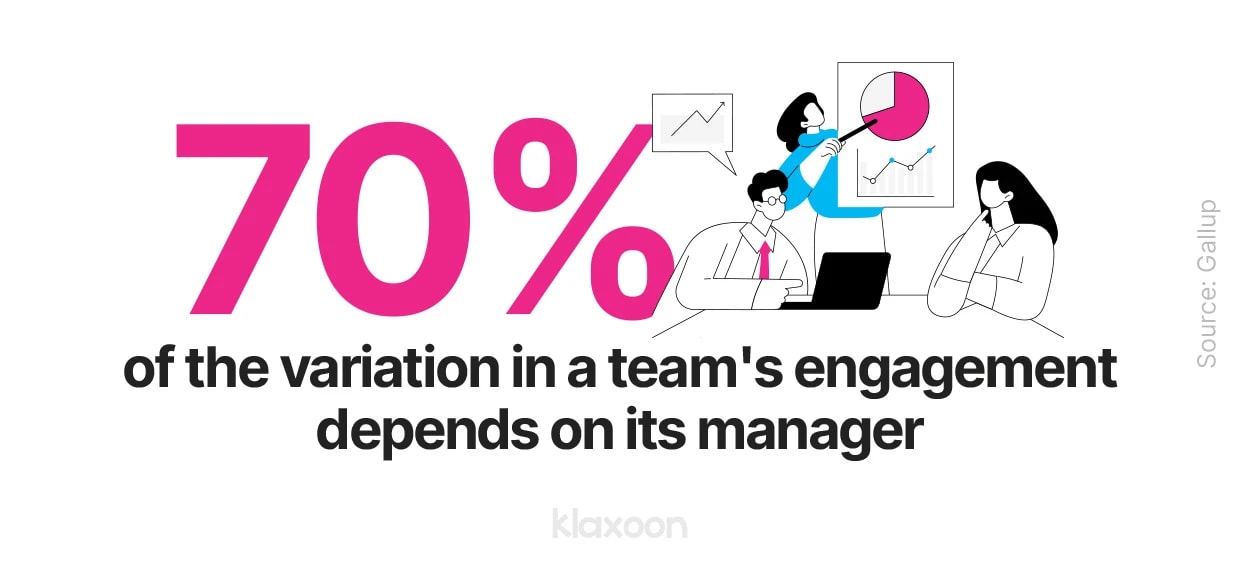

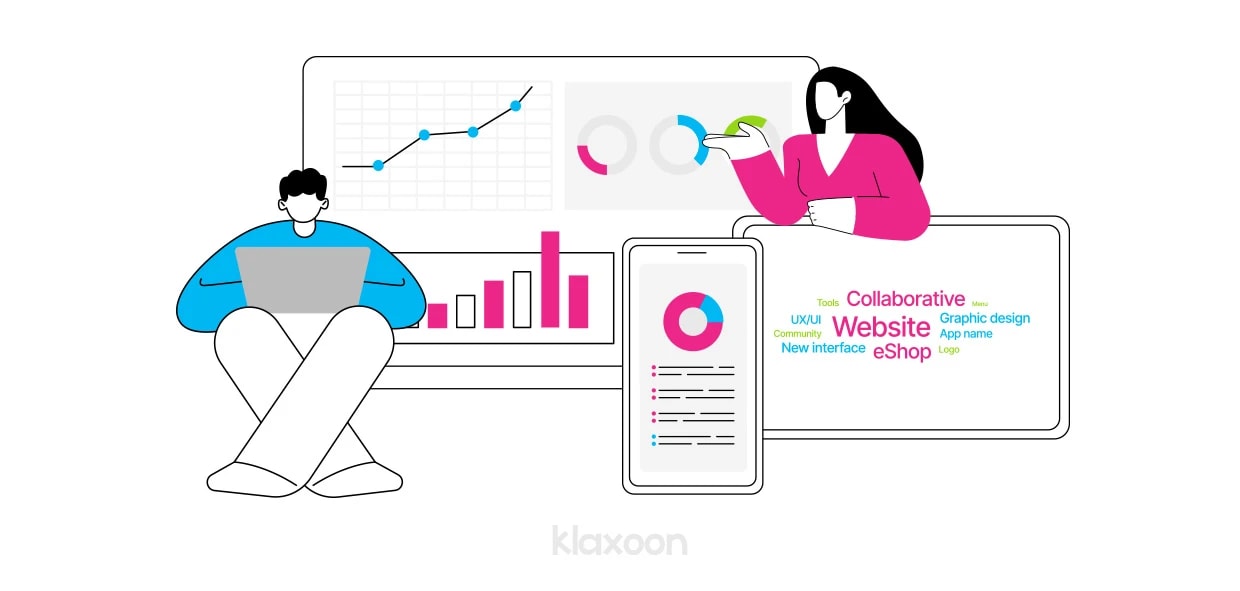

Charts, tables, word clouds... These are just a few of the visual aids you can combine to effectively communicate information.
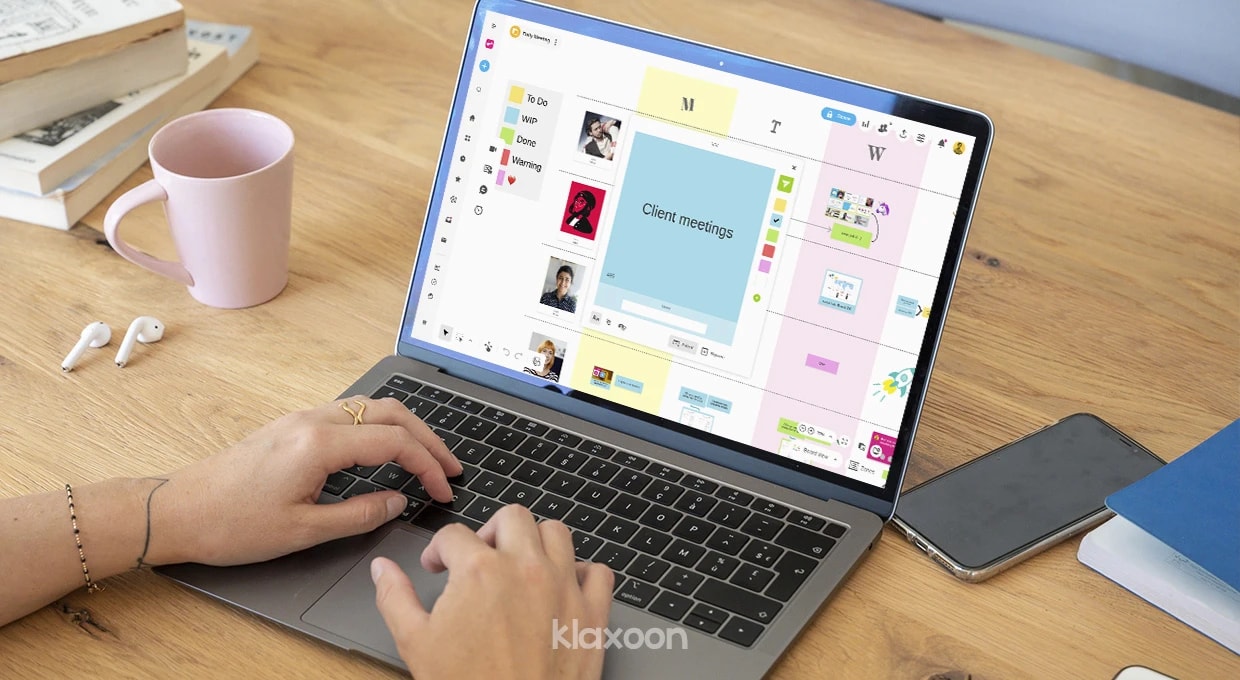

With Board, the team has access to all the information shared on a project and is always on the same page.
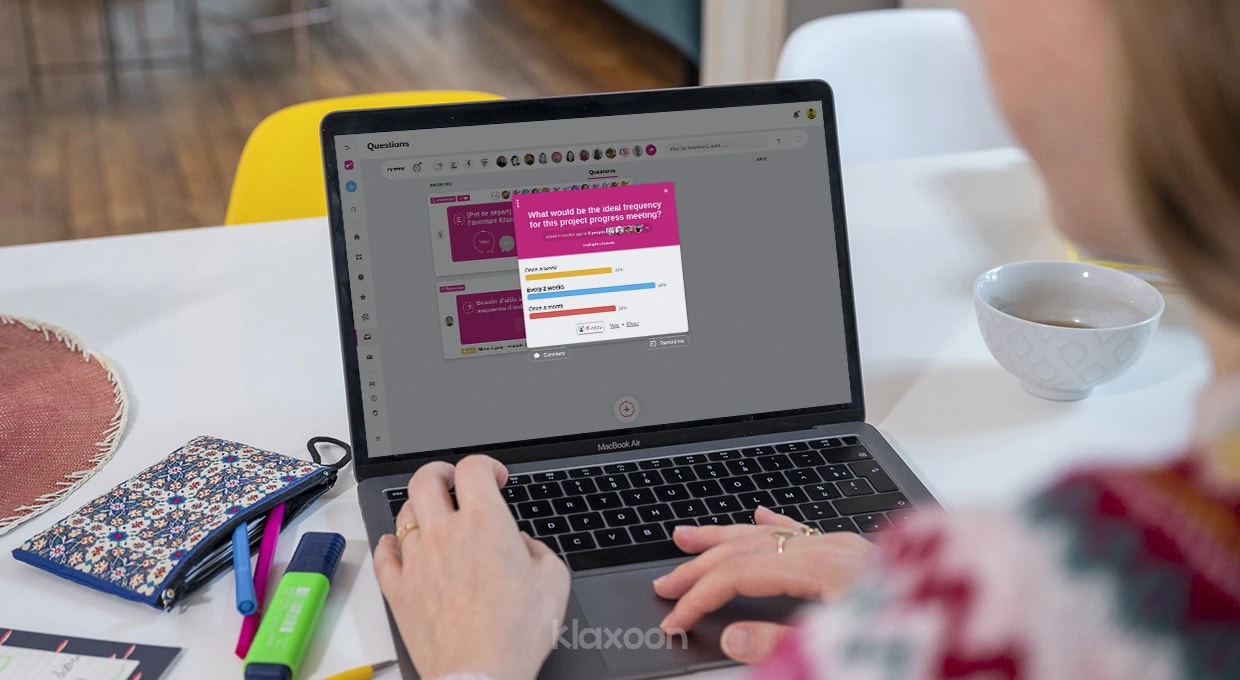

For example, using a Question, a manager can ask his team for feedback on the frequency they consider ideal for a project progress meeting, and decide based on the majority of responses received.


Dot voting provides the team with a certain number of tokens, which each team member then distributes among their favorite ideas.
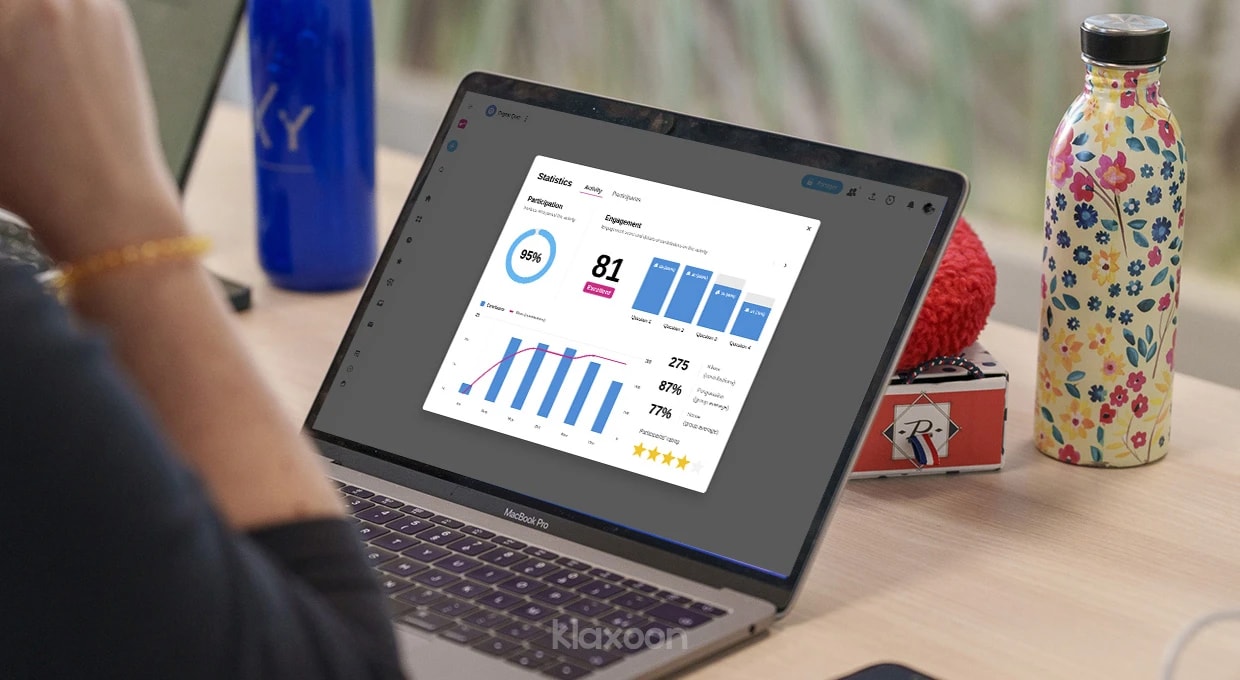

With Klaxoon’s platform, you can track all your engagement statistics in a single dashboard for each of your activities.